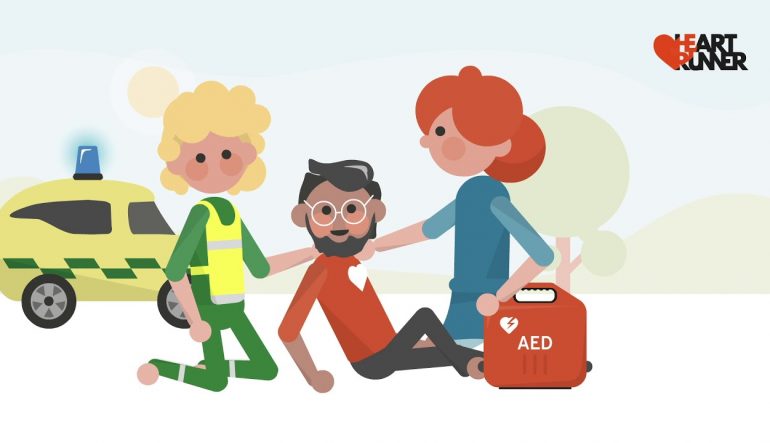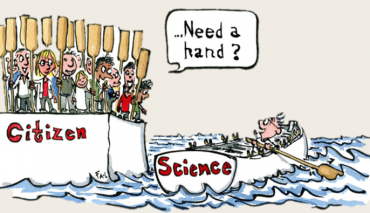How much do we rely on volunteers?
A month out from the Tokyo Olympics, 10,000 volunteers quit their posts.
COVID-19 had already pushed the Games out by year. Now, pandemic exposure fears had caused more than 12 per cent of the volunteer workforce to pull out.
Olympics-watchers were right to be nervous. Without volunteers, no level of sporting competition – from local clubs through to the pinnacle of international competition, the Olympics Games – can function.
The International Olympics Committee ran a study on the value of volunteering to the 2000 Sydney Olympics. Without volunteers, it would have cost at least another $60 million to run those Games.
The Tokyo organising committee solved the problem, and the Games went ahead. But the June headlines shone a light on just how heavily even the most prestigious sporting events rely on volunteering.
It’s not just sport
By last count, around one-third of all adults in England participate in some form of volunteering work. Across the Asia Pacific region, Europe and the United States, approximately one in four adults currently volunteer in some capacity.
The United Nationals Volunteers programme estimates there are more than one billion volunteers currently active in the world today. One-third of these are volunteering through organisations, with the other 70 per cent engaged directly within communities.
Local sports and clubs make up a sizeable portion of these numbers – but so do community support groups, and initiatives dedicated to improving the safety, health and welfare of our fellow humans.
More often than not, volunteering isn’t attached to a formal organisation. It’s just people helping other people.
RELATED ARTICLE: Good Samaritans are everywhere
The UN describes volunteers as a renewable resource, and a property of resilient communities.
In the context of health and welfare, volunteers bring communities together, bridge gaps in essential services, improve distribution of resources, and decrease marginalisation within those societies.
Making life better within communities
Rotary International is an excellent example of a community-focused volunteering organisation dedicated to such ends.
Among its 35,000-plus clubs and 1.2 million members worldwide, it fights disease, provides essential services, promotes peace and safety, supports education, grows local economies, and protects the environment.
In local communities, organisations like Rotary bring volunteers together to address problems that matter to their communities, that Government and other institutions are unable to tackle on their own.
One such example is isolationism among the elderly during COVID-19.
Local community organisations like Rotary mobilised their volunteers to find ways to connect with people isolated in their homes during COVID-19 lockdowns, providing essential social services to people stranded as a result of pandemic control measures.
Volunteers with heart
Here in Australia, Surf Lifesavers embody the spirit of volunteering to keep us safe. They’re the stuff of television shows that are syndicated worldwide, and are romanticised as part of the coastal lifestyle Australia is famous for.
For all that, the core purpose of Surf Lifesavers is in the name. In Australia, lifesavers rescue 30 people a day and conduct 451 preventive actions every hour.
Surf rescues require rapid response in order to save lives.
The same is true for sudden cardiac arrests; for every minute treatment is delayed, the chances of surviving a cardiac arrest decrease by 10 per cent.
PulsePoint is one example of a organisation that has recognised the critical role volunteers can play in responding quickly to time-critical emergencies like sudden cardiac arrests.
In addition to establishing an app-connected community of volunteer first responders throughout the US, PulsePoint has also mapped a network of more than 116,000 AEDs (automated external defibrillators) across the country.
In Europe, Heartrunner connects a network of 210,000 volunteer first responders, and has mapped a network of 1.2 million AEDs in public spaces. It estimates it has served a staggering 8 million Europeans since Heartrunner was first activated in Stockholm in 2010.
Globally, GoodSAM has 1.5 million volunteers and more than 200 partners. It has issued more than 3 million alerts to volunteers to respond to emergencies occurring close to their location.
Taken together or separately, these numbers are staggering. Without these volunteer first responders, millions of people worldwide may not have received help in time.
While the loss of Tokyo Olympics volunteers made international headlines, these emergency response volunteers receive relatively little attention. Yet without them, far fewer lives would be saved from emergencies like sudden cardiac arrests.
RELATED ARTICLE: Plugging gaps in emergency response



